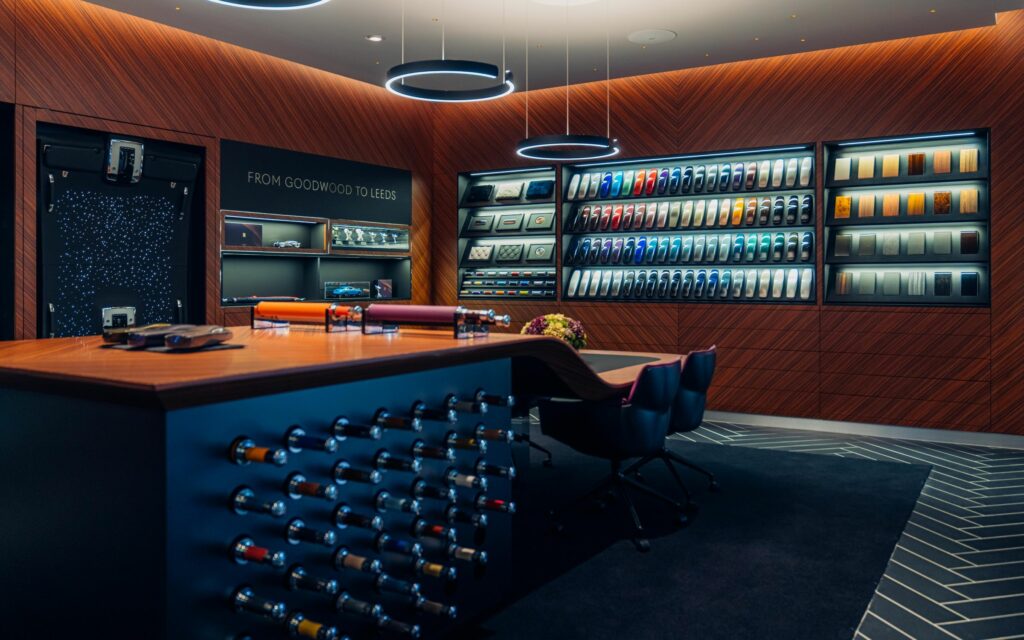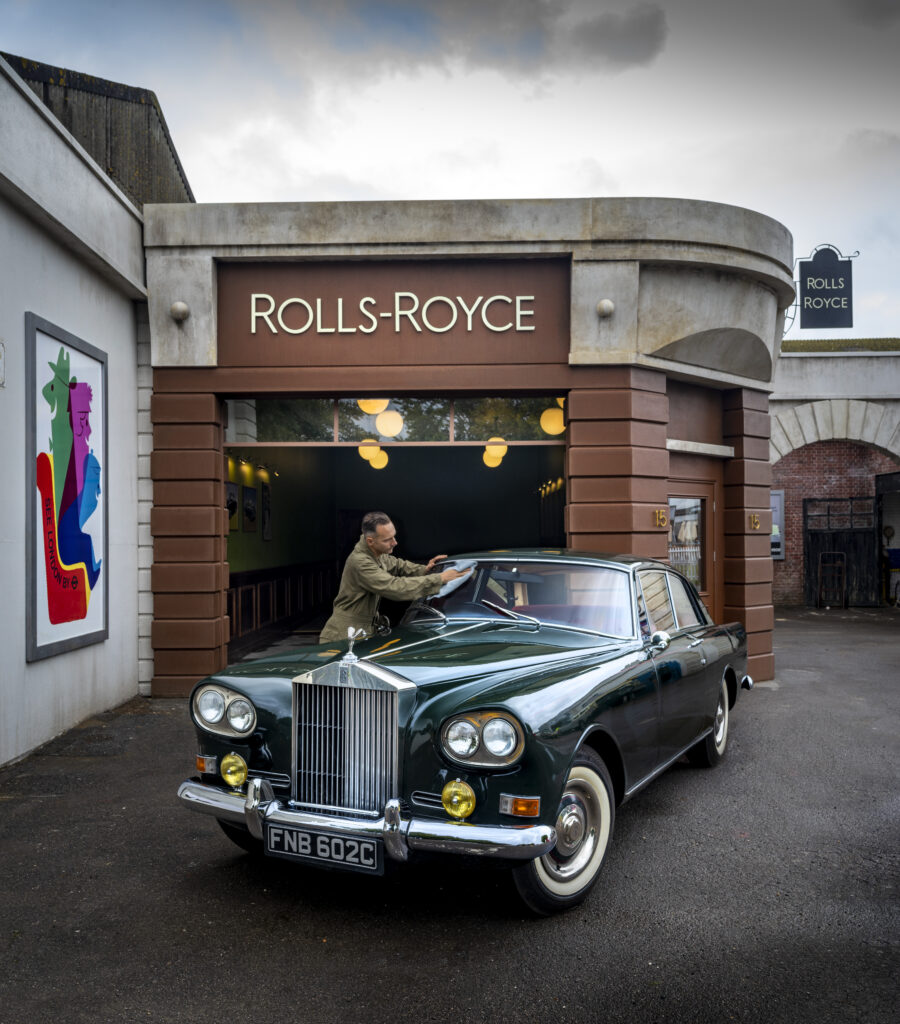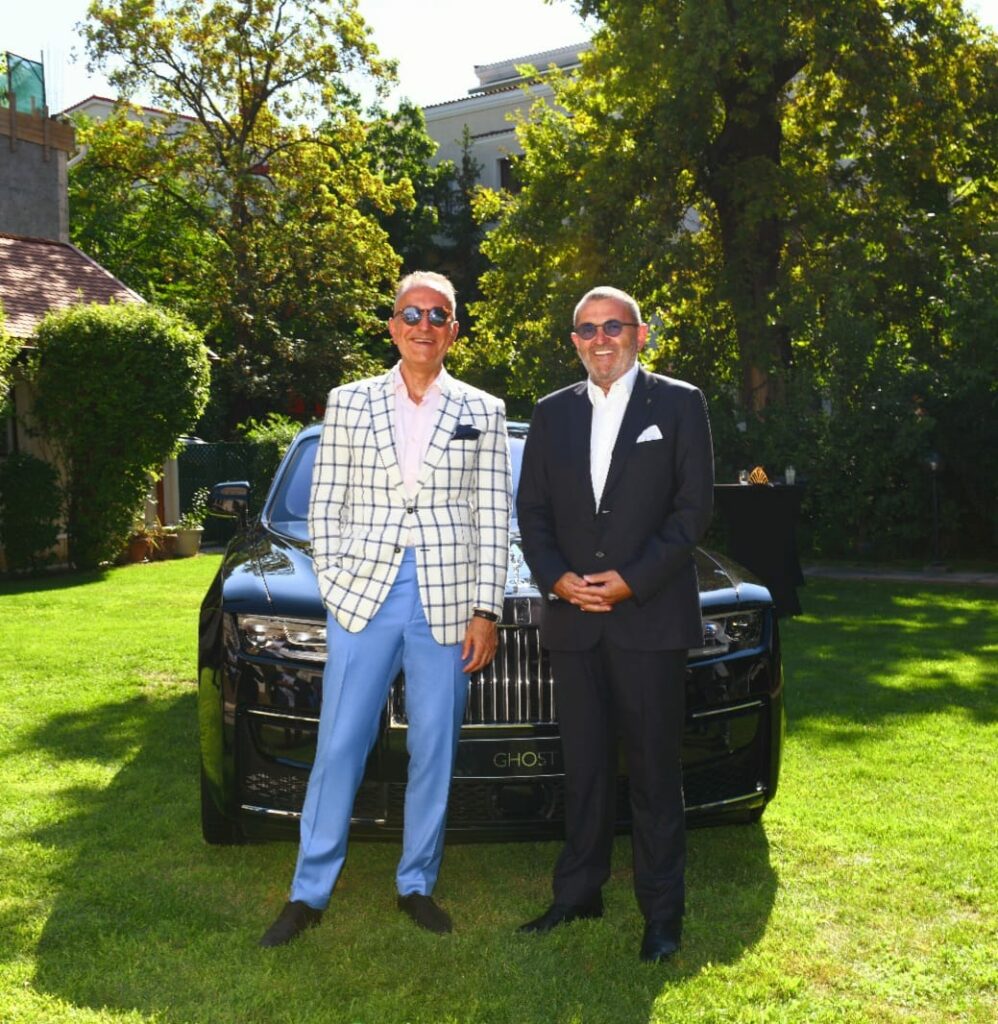Experience the Magic of Jilong Castle Country Club

Escape to the enchanting Jilong Castle Country Club, a hidden gem nestled on a small island in Wanfeng Lake, Guizhou Province, China. This stunning four-star resort, built in 2011, offers a unique blend of medieval European architecture and modern luxury.
🏰 Architectural Wonder: Resembling a fairytale castle, Jilong Castle Country Club boasts intricate designs and majestic towers that transport you to a bygone era. The attention to detail in its construction is truly breathtaking.
🌄 Scenic Beauty: Surrounded by serene waters and lush greenery, the castle provides a perfect backdrop for relaxation and rejuvenation. The panoramic views from the castle are simply mesmerizing.
💡 Sustainable Luxury: The resort is powered by its own hydroelectric plant, ensuring a sustainable and eco-friendly stay. Enjoy modern amenities while being kind to the environment.
📸 Picture-Perfect Moments: Capture the essence of this magical place with stunning photos. Whether you’re exploring the castle grounds or enjoying the scenic views, every moment is Instagram-worthy.
🌐 Plan Your Stay: With rooms starting at just $40 per night, Jilong Castle Country Club offers an affordable yet luxurious escape. Book your stay and immerse yourself in the charm and beauty of this unique destination.





















